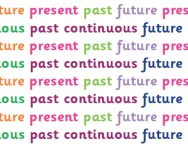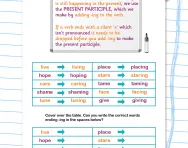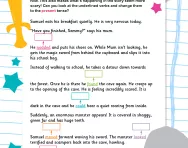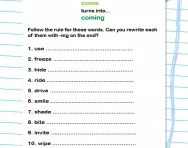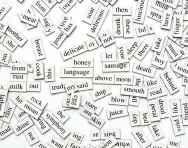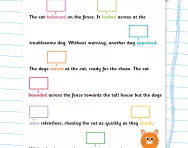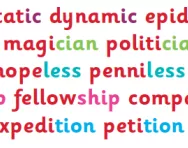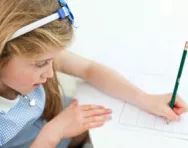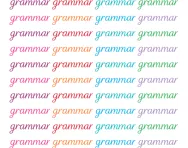TheSchoolRun.com closure date
As we informed you a few months ago, TheSchoolRun has had to make the difficult decision to close due to financial pressures and the company has now ceased trading. We had hoped to keep our content available through a partnership with another educational provider, but this provider has since withdrawn from the agreement.
As a result, we now have to permanently close TheSchoolRun.com. However, to give subscribers time to download any content they’d like to keep, we will keep the website open until 31st July 2025. After this date, the site will be taken down and there will be no further access to any resources. We strongly encourage you to download and save any resources you think you may want to use in the future.
In particular, we suggest downloading:
- Learning packs
- All the worksheets from the 11+ programme, if you are following this with your child
- Complete Learning Journey programmes (the packs below include all 40 worksheets for each programme)
You should already have received 16 primary school eBooks (worth £108.84) to download and keep. If you haven’t received these, please contact us at [email protected] before 31st July 2025, and we will send them to you.
We are very sorry that there is no way to continue offering access to resources and sincerely apologise for the inconvenience caused.
What are the present continuous and the past continuous?
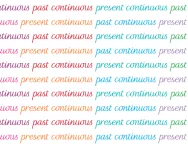
What are the present continuous (progressive) and past continuous?
A verb tense tells us when the action of state described by the verb happened. The three main verb tenses in English are the present, the past, and the future.
The present tense is made up of:
- simple present / present simple
- present continuous / present progressive
- present perfect
The past tense is made up of:
- simple past / past simple
- past continuous / past progressive
- past perfect
The present continuous and past continuous tenses (also called present progressive and past progressive) are used when we are describing actions that continue for a period of time in the present or in the past.

To form the present continuous and past continuous we use the present / past tense of the verb to be and the present participle of the main verb (I am walking / I was walking).
The present continuous / present progressive explained
The present continuous tense is used to describe an action that is happening at the moment of speaking:
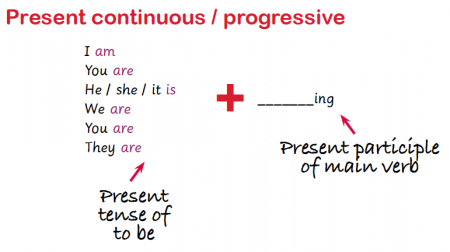
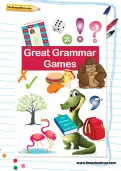
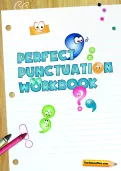
Download Fantastic FREE Grammar Resources!
- Perfect Punctuation Workbook
- Great Grammar Games Pack
- PLUS 100s of other grammar resources
The past continuous / past progressive explained
The past continuous is used for a continuous action in the past, for example:
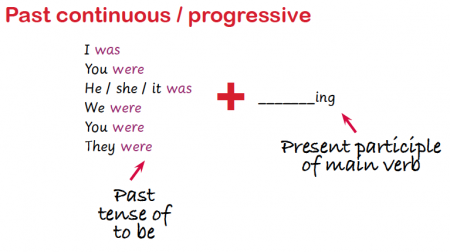
What are children taught about present and past continuous in KS2?
What questions should children expect in the Y6 grammar test?
Children may come across questions similar to the following: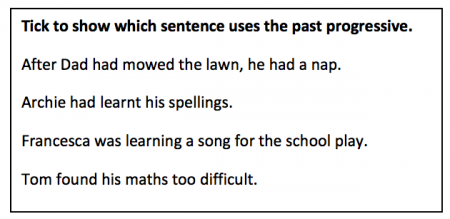
Answer: Francesca was learning a song for the school play.
How do teachers teach the present and past continuous?
- A good way to help children learn this tense is to ask them to write a few sentences about what they did yesterday, all in the past continuous.
- Teachers may give children word cards (for example: going, walking, fishing, sailing and cooking). Children may be asked to put these words into sentences containing the present continuous.
- A good game to help with learning this tense is: 'You are... but I am...'. Children play this in pairs. One child says: 'You are...' and then gives an action such as 'digging the garden'. The other child has to mime this. The first child then says 'but I am' and thinks of a different action such as 'baking a cake' which they then mime.

